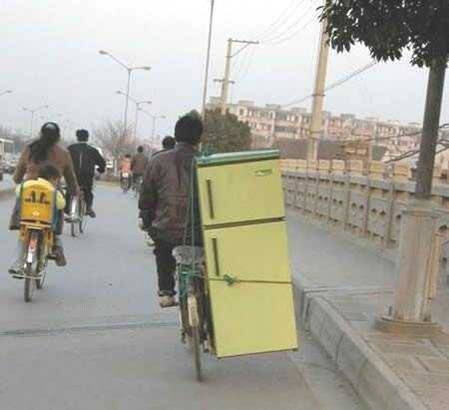May 10, 2012
3 keys to preventing emergency vehicle rollover
Knowledge of roads, vehicles, drivers are critical to safe arrival at emergency
By Sarah M. Smart
FireRescue1 Staff
http://www.firerescue1.com/fire-products/fire-apparatus/articles/1284688-Tips-to-prevent-emergency-vehicle-rollover/
News flash: Roads are not designed for large emergency vehicles. And rollovers, although preventable in many cases, are still a major cause of on-duty injuries and deaths.
While only 3 percent of emergency vehicle crashes are rollovers (single-vehicle accident where the rollover is the first harmful event), 33 percent of fatal crashes are. So what are the factors in rollovers, and how can we mitigate them so we arrive at every emergency safely?
The issues came under the spotlight during a session at Fire-Rescue Med, held by the IAFC's EMS section.
David Bradley, education specialist at VFIS, outlined how studies show the most common rollover circumstances:
1.Relative speed: Vehicle speed measured at any mph considered to be unsafe relative to the operating environment
2.Soft shoulder drop-off
3.Uneven surface drop-off with improper recovery
Following are three keys to vehicle safety.
The road
Most lane widths hover around 12 feet, giving typical 7- to 8-foot-wide fire apparatus and ambulances only about 2 feet of wiggle room on each side. That's not very much when you consider the challenges of driving large, heavy, boxy trucks to an emergency.
Also of note are shoulder conditions on the road. These have a significant impact on the driver's ability to recover from losing control. In order of best to worst for recovery, here are shoulder conditions to train for:
•Paved shoulder
•Unpaved hard shoulder with uneven drop-off
•Unpaved soft shoulder
•No shoulder
The vehicle
Thousands of pounds of EMS gear, water, ladders and other supplies are packed into emergency vehicles, placing a heavy load on each tire. So when a driver loses control, starts to run off the road (to the right, for example) and follows the natural instinct to jerk the wheel to the left, the already unsteady vehicle often tips to the right and rolls over.
The more top-heavy the vehicle, the more likely it is to roll over. SUVs, often used as QRVs, have the highest number of rollover incidents among emergency vehicles. Ambulances place second, and tankers come in third.
The driver
The operator of the fire truck or ambulance is the most important piece of the rollover puzzle. Driver error, often as a result of inexperience and/or lack of training, is the single most significant factor in rollover crashes.
Human aspects, such as maturity, physical condition and even the ability to control one's emotions are as critical to safe driving as acquired abilities, like driving record and specific emergency vehicle driver training.
Training and experience are of critical importance to overcome instinct, Bradley said.
"We've got to get those mental seeds planted of what we should do," he said.
The takeaway
If you are driving an ambulance or a fire truck and find yourself on the brink of a rollover:
•Do not apply full braking: Take your foot off the gas or downshift when appropriate to allow the vehicle to slow down gradually. If you must brake, do so softly
•Stop or slow down before correcting: Then gently steer the vehicle back onto the road surface in a low gear with feathered acceleration if you must overcome a drop-off
•Don't jerk the wheel: Trying to return to the road surface quickly increases the risk of rollover
Some tips to drive more safely and reduce rollover:
•Slow down: Pay attention to speed limit signs, and keep the vehicle at or below speed, especially during inclement weather. While response times are a concern, larger vehicles need more time to slow down in the event of a sudden obstacle, and you definitely can't do your job if you never make it to the call
•Buckle up: Always use your seatbelt. Most rollover fatalities are from ejections. "The seatbelt keeps the operator in the seat and in contact with the brake, accelerator and steering wheel," Bradley said.
•"Put the right person in the left seat": While youthful drivers may have quicker reactions, they could lack driving experience and the right amount of emotional control. Middle-aged drivers may have good experience but might not be too concerned with skill maintenance. Finally, mature drivers may be cautious and experienced but may have illnesses or declining physical abilities that could keep them from driving safely and effectively. The ideal driver will have no Class A driving violations and fewer than two Class B violations in the past three years
•Train: We train for so many other safety concerns, so why should driving emergency vehicles be any different? SOPs should address intersection approach, backing guidelines, driver responsibilities and more. All drivers need to be trained to understand the relevant laws and legal liabilities, and they need continuing and ongoing refresher training, both in the classroom and behind the wheel
More information on emergency vehicle rollovers and driver training can be found through VFIS.
Real Kings of Logistics

Friday, May 11, 2012
Subscribe to:
Post Comments (Atom)

No comments:
Post a Comment